Uncles - Daehakro Branch (엉클스 대학로)
652.0M 2021-03-19
12, Daehak-ro, Jongno-gu, Seoul
+82-70-8845-8493
A spicy rice cakes specialty restaurant located in Daehak-ro, Seoul. The most famous menu is stir-fried rice cake. You can choose a variety of toppings.
Samhyeongje Jjukkumi - Daehangno Branch (삼형제쭈꾸미 대학로)
657.1M 2021-03-24
68, Dongsung-gil, Jongno-gu, Seoul
+82-2-763-1204
This is a restaurant serving jjukumi (webfoot octopus), which has been featured in the gourmet program. This restaurant's signature menu is grilled pork belly. This Korean dishes restaurant is located in Jongno-gu, Seoul.
Welcome Daehakro (웰컴대학로)
660.7M 2024-10-08
104 Daehak-ro, Jongno-gu, Seoul
+82-2-743-5220
Welcome Daehakro is a festival devoted to celebrating various types of performances including non-verbal, traditional, musical, plays, and more. Started in 2017, the festival attracts visitors from around the world every fall.
OHUJEONG - Daehangno Branch (오후정 대학로)
661.4M 2021-03-29
25, Daehak-ro 8-gil, Jongno-gu, Seoul
+82-2-741-1747
This is a Japanese home-style restaurant where you can enjoy various Japanese fusion dishes. This Japanese (cuisine) restaurant is located in Jongno-gu, Seoul. The most famous menu is pollack roe pasta.
THE SKI & Coffee (더스키앤커피)
676.3M 2021-03-18
63, Dongsung-gil, Jongno-gu, Seoul
+82-2-745-3343
A store well-known for waffles. The best menu at this restaurant is americano. This is a cafe located in Daehak-ro, Seoul.

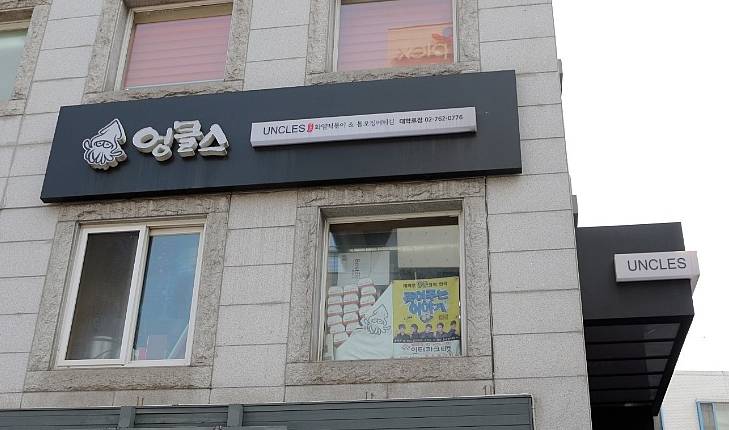
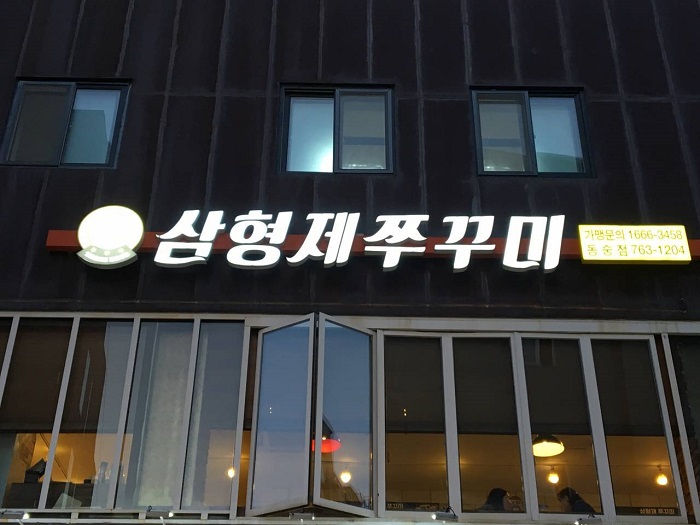
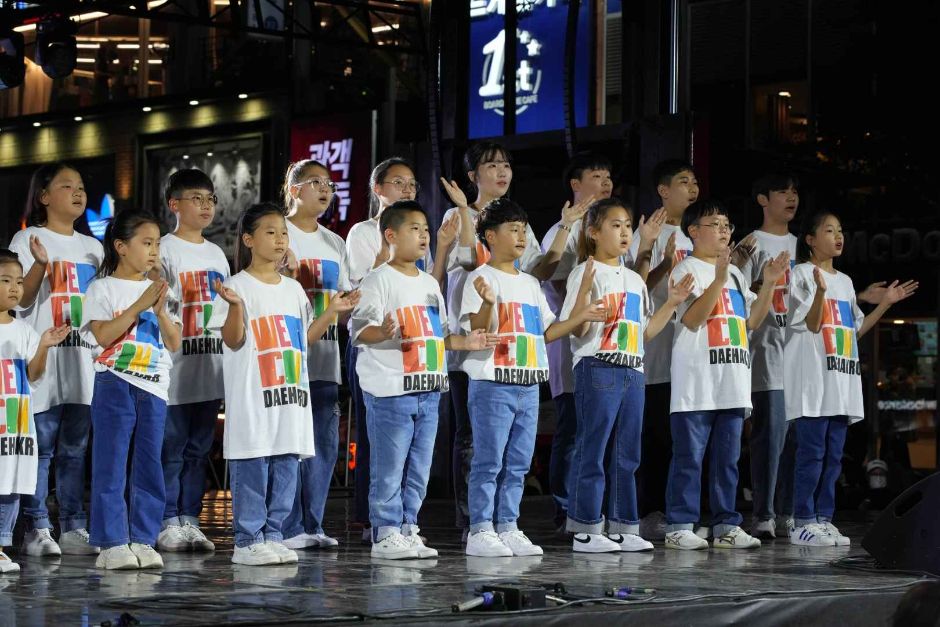
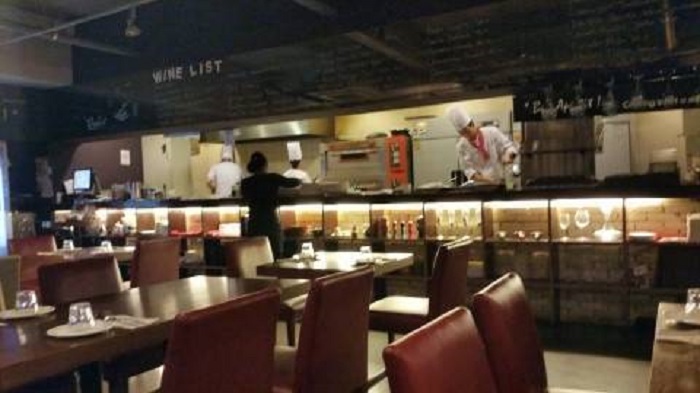
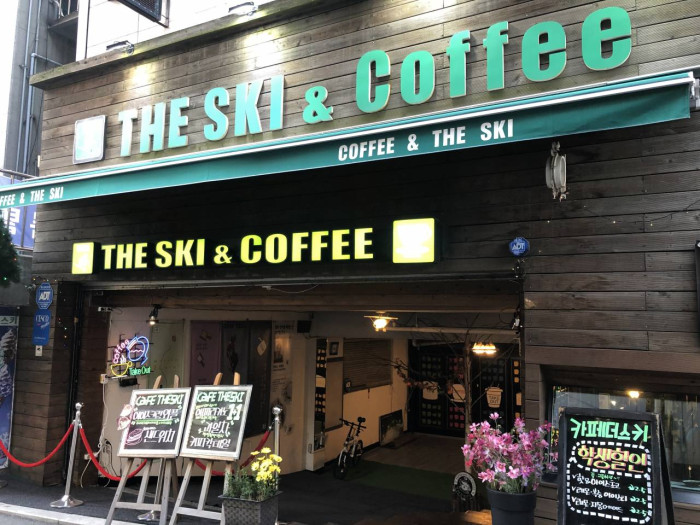
 English
English
 한국어
한국어 日本語
日本語 中文(简体)
中文(简体) Deutsch
Deutsch Français
Français Español
Español Русский
Русский